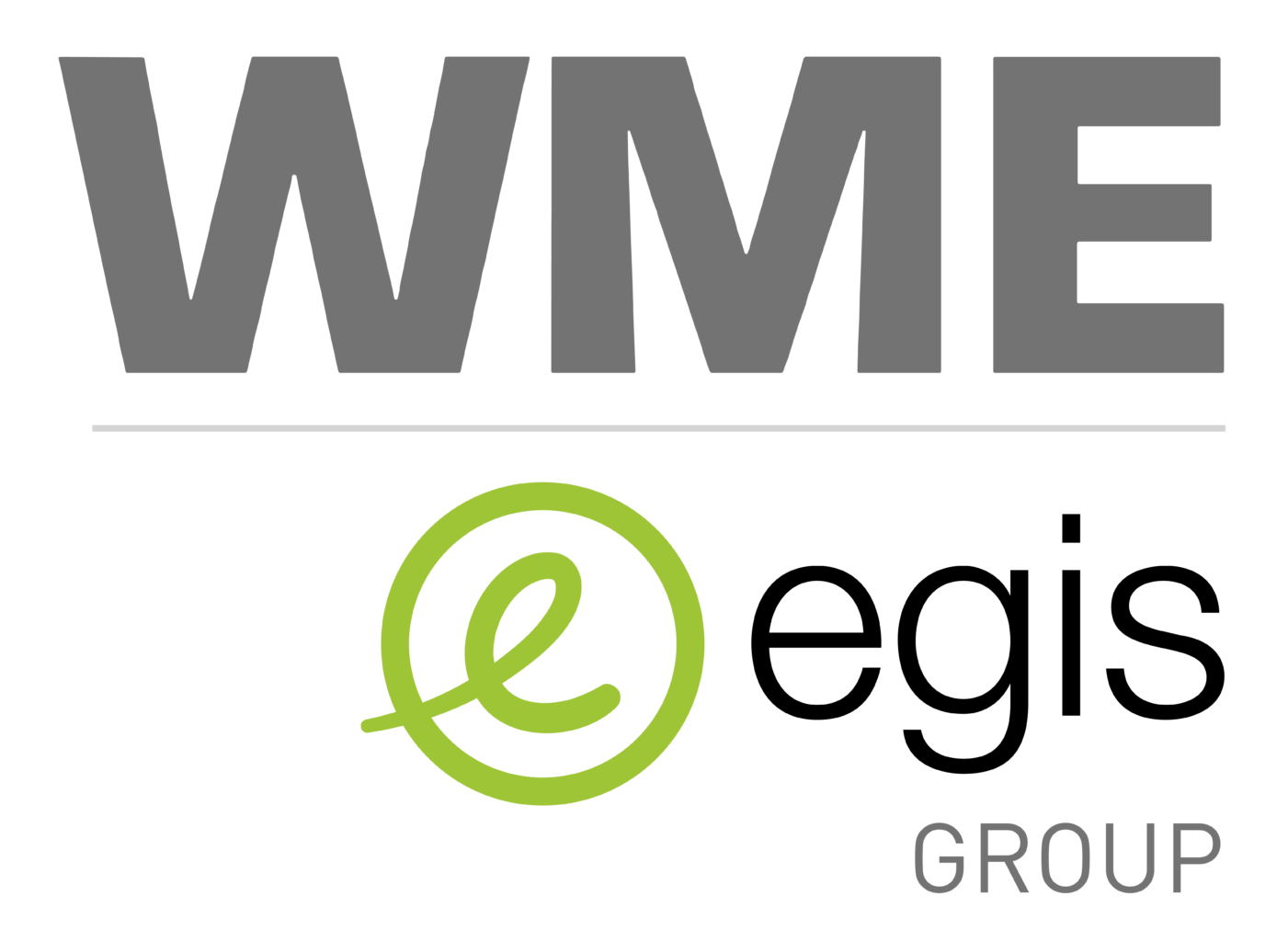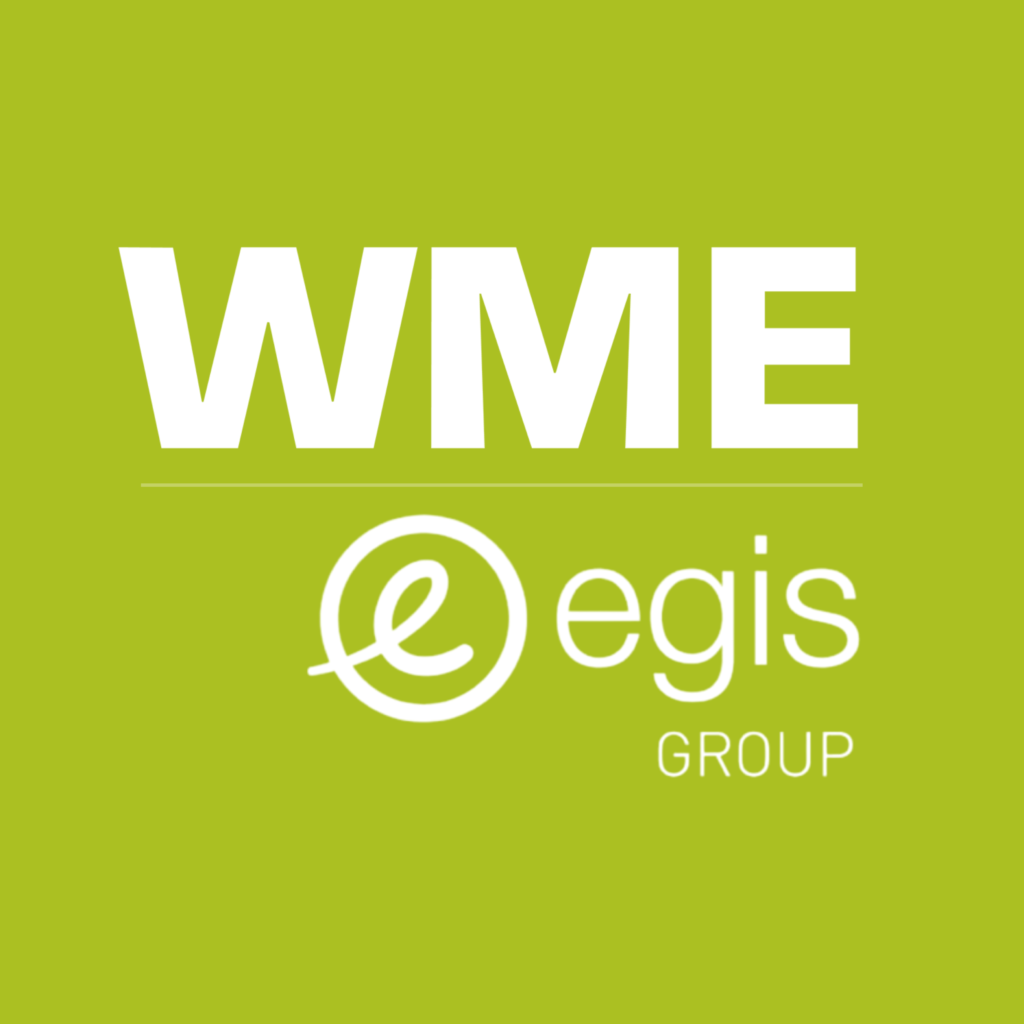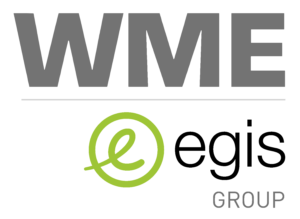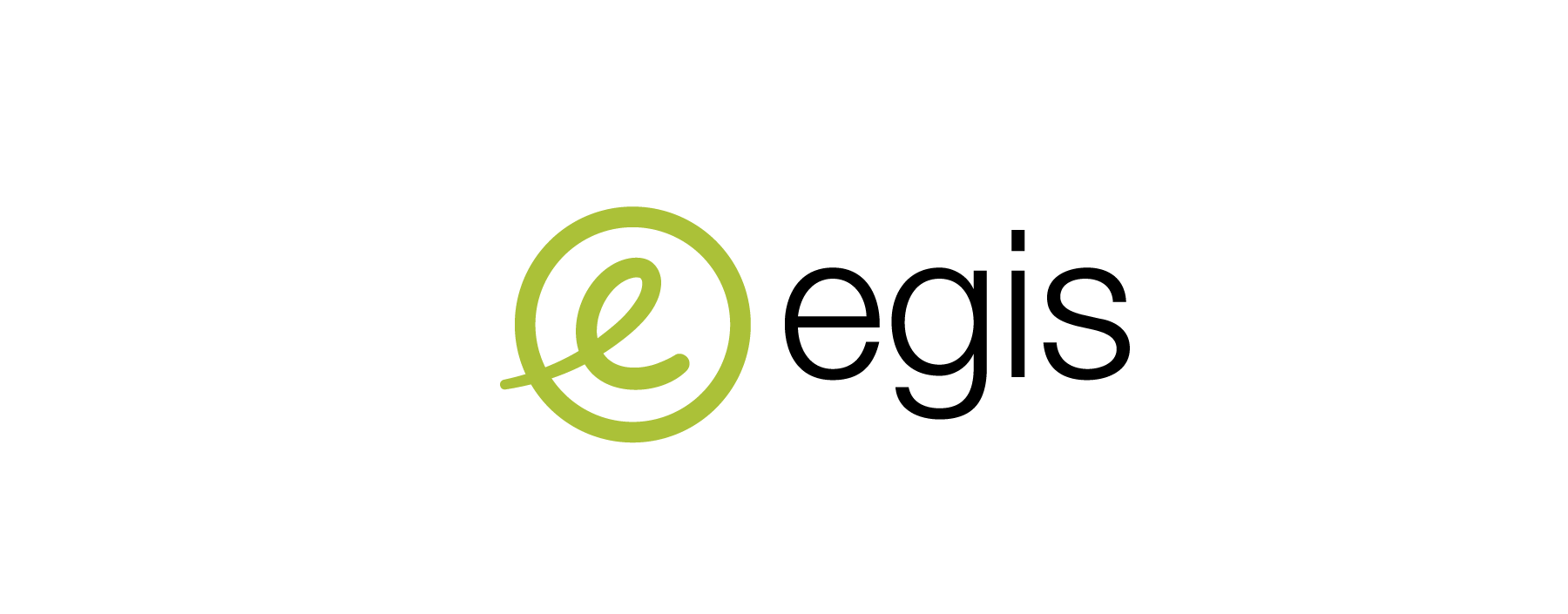WME’s Director – HR & Business Support Ambika Nair highlights the company’s “evolving culture”.
More and more companies are fighting an uphill battle to adopt a higher level of diversity and inclusion (D&I) within the workplace. A lot of this comes down to how effectively we plan our hiring strategies.
Firstly, what do we mean by inclusive hiring? Well, it’s much more than just interviewing and hiring professionals equally across a diverse range of backgrounds. Inclusive hiring is actually an attempt to value people from all walks of life without having an unconscious bias during the process.
Hiring people with diverse backgrounds and characteristics is an achievement that companies generally reflect on with pride. However, the challenge is in maintaining a culture where all employees from different background feel included at all times throughout the organisation.
At WME, we believe in an “evolving culture”, seeking candidates who will add a different dynamic to our perspectives and values rather than to just fitting a mold.
We are focused on searching for candidates who aren’t just the best in their qualifications and experience but who also provide different context and new ways of thinking, giving our company a distinct point of difference in the market.
It’s certainly worth considering how welcoming the company is through its job adverts for more diverse candidates. The problem with subconscious bias is, of course, that it’s subconscious. This can make it incredibly difficult to fully eliminate, leaving us to wonder how our subconscious is subtly changing our biases towards certain people. With that in mind, finding the right supportive tools such as AI recruitment software can help to reduce the human bias in our hiring process and to deliver the kind of impartial shortlist of diverse candidates that we are looking for.
One other facet is how easily an interview can make or break perceptions, for the candidate and for the company. It’s an integral part of the selection process, and it’s an opportunity for those on both sides of the table to impress. As an employer, it’s critical to have a completely unbiased, inclusive and equal interview process, but this isn’t always as easy as it sounds.
To create a truly diverse business, it needs to be run by a diverse group of people. If our leaders are diverse themselves, this in turn will have a huge positive impact on the D&I strategy along with our business growth and success.
The efforts to have D&I for business growth may go completely wrong with some companies. How can we minimize this risk? Part of the problem is thinking that there is a silver bullet to implement an effective D&I strategy.
Every company is different, and their culture is unique, what works for one company may not work for other. Therefore, planning strategies for D&I should be based on what works for the company, the leadership values and their vision. Since diversity and inclusion are always uttered in the same sentence, there is a high percentage that believe both meanings are the same.
Leaders need to clearly understand that diversity equals representation. In fact, I came across this phrase in a Harvard Business Review article which states: “Diversity speaks to who is on the team, but inclusion focuses on who is really in the game.”
This attitude will promote talent retention and engagement in the long term which sequentially helps the success of the company, enhanced innovation and better financial performance.
We foster a culture of inclusion by building a workforce that reflects the communities we serve globally, nurturing an evolving culture where employees are empowered to perform to their full potential, and supporting employees, regardless of gender, to commit balance in the construction industry.
Together with the above, we envision to promote a business community that embraces broader economic benefits and more social inclusion.




